Find out about the Glorious Glosters and the Royal Gloucestershire Hussars by visiting the excellent Soldiers of Gloucestershire Museum.
The Soldiers of Gloucestershire Museum provides an interesting insight into the long and distinguished histories of the Gloucestershire Regiment (the Glorious Glosters) and the Royal Gloucestershire Hussars. Overlooking the Victoria Basin in historic Gloucester Docks, the museum is housed within the Custom House which as well as having a maritime heritage, more recently served as the headquarters of the Gloucestershire Regiment.
The museum collection is on display to visitors over two floors of the Custom House and includes realistic life-size scenes, interactive displays, uniforms, weapons, photographs and film footage. There is a large collection of medals and medal groupings available to view. Many of the exhibits have been donated to the museum by ex-soldiers and their families.
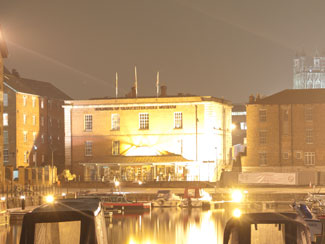
The exhibits at the Soldiers of Gloucestershire Museum give great insight into how our soldiers lived, fought and felt during their times at war. We are sure that visitors of all ages to the Soldiers of Gloucestershire Museum will find the items on display of interest.
On the first floor of the museum, you step into 1694 when the Lieutenant Governor of Portsmouth, Sir John Gibson was given the task of raising a new regiment of Infantry. We then walk through to 1706 and the Battle of Ramillies during the War of Spanish Succession, when the Duke of Marlborough took victory. He acted without a 'Council of War' and worked alone to achieve a military masterpiece which was greatly admired by Winston Churchill and led to the building of Blenheim Palace.
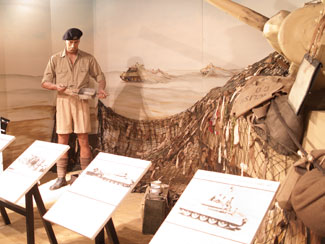
Onto 1801 when Battle in Egypt on 21st March led to the award of the Back Badge and leading on through to the first and second world wars, including the D-Day landings of 6th June 1944. The accomplishments, battles and losses are told in great detail.
Many more battles were fought in-between those mentioned above of course and much took place after the end of the Second World War, including the peace-keeping duties of our troops, before our more recent warfare.
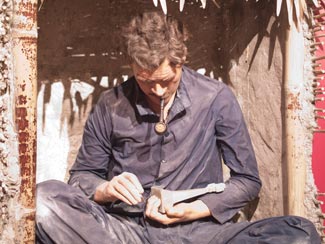
In 1950 for instance, led by Lieutenant Colonel J.P.Carne, the Gloucestershire Regiment took part in the Battle of Imjin River in Korea. Lieutenant Colonel Carne was captured and as the highest ranking British Officer in captivity, he would suffer the worst treatment, including long periods of isolation. During one such period he carved a small Celtic cross in stone which was used in services on camp by the Padre. In 1953 after much negotiation, all British prisoners were released and, led by Lieutenant Colonel Carne, arrived home to a heroes welcome in Southampton. On 21st November of the same year, Gloucester Cathedral held a Thanksgiving Service in their honour. It was during this service that the Celtic cross carved by Lieutenant Colonel Carne was presented to the Cathedral and it is where it resides to this day.
Both the Gloucestershire Regiment and the Royal Gloucestershire Hussars have forged strong links with Gloucestershire, North Avon and Bristol, where over the years, many of the the soldiers have been recruited from. Following various amalgamations, both regiments now form part of the 1st Battalion The Rifles.
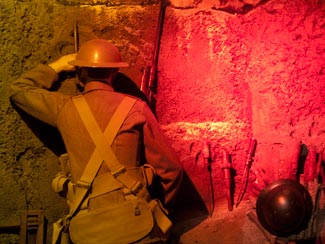
If you are looking to carry out research on an ancestor who served in the 28th North Gloucestershire Regiment in the 19th Century, or an ancestor who served in the Gloucestershire Regiment in World War I, then the Soldiers of Gloucestershire Museum website has a database listing details of over 50,000 individuals.
The Soldiers of Gloucestershire Museum also holds an extensive archive of records, books and personal accounts of the Gloucestershire Regiment dating back to the 18th Century. It is possible for these to be made available by prior appointment with the Archivist. Please contact the Archivist at the museum for full details and costs.
ADMISSION PRICES:
Adults £4.25
Senior Citizens, Students and Concessions £3.25
Children £2.25
Family Ticket (two adults and two children) £13.00
For further information, please contact the Soldiers of Gloucestershire Museum by calling Gloucester (01452) 522682 or email curator@sogm.co.uk

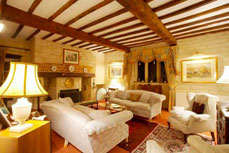
Matthew & James Fenn
Gloucester Couriers
